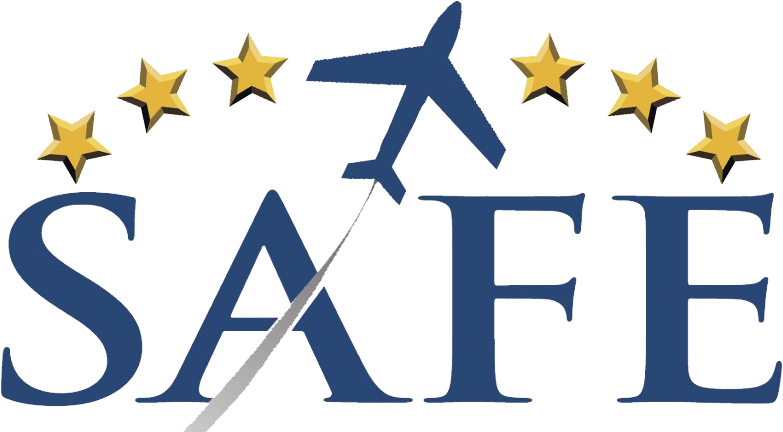
If you are instrument rated, staying current is critical to your flight safety. Without maintaining this important requirement, you are a VFR-only pilot! In addition to legal currency you should also consider competency and comfort in the clouds. Statistically, rusty instrument pilots do not make out much better than VFR pilots when the stumble unprepared into the clouds.
The FAA recently clarified their interpretations of the six-month proficiency rule for instrument pilots. You’ll find the basic rules under FAR 61.57(c), “Instrument Experience.”
To stay current for IFR, either take an instrument proficiency check with an instructor or perform holding, course intercepting and tracking and at least six instrument approaches every six months. For the approaches, you must:
- Be in IMC or under the hood.
- Be established on each of the initial, intermediate and final portions of the approach and descend to the MDA or DA. If available, you may use radar vectors to final.
- The missed approach does not have to be flown.
- If in IMC and you enter VMC after the final approach fix and before MDA or DA, the approach still counts. If under the hood, you must stay under the hood until reaching the MDA or DH.
- If under the hood and required to deviate for safety after the final approach fix (such as to avoid conflicting traffic), the approach still counts.
- A safety pilot qualified in the aircraft and with a current medical is required for hood work. The safety pilot name must be logged.
*And here is an IFR extra tidbit for you true IFR geeks. A question which has been debated in FBO lounges for years…”what constitutes an official ‘loggable’ approach for IFR currency purposes?” (This was asked by Donna Wilt in the comments and I thought it was worth adding here) The FAA finally came out with official guidance in September of this year. If you are in simulated or actual conditions it is necessary to fly the entire approach from the IAP (or as vectored) and pass the FAF inbound before becoming visual. So long as you fly initial, intermediate and final legs this approach is valid for currency. Of course flying it lower is valuable if you have a safety pilot (and make sure you record their name in your logbook).
SAFE represents nearly 1,700 of the nation’s top flight instructors and aviation educators and works to create a safer aviation environment by supporting aviation educators with mentoring opportunities, educational resources, and other benefits; inspire professionalism through promotion and recognition of excellence and enhanced education; represents aviation educators through interaction with the aviation industry and government and promotes learning in all areas of aviation.
